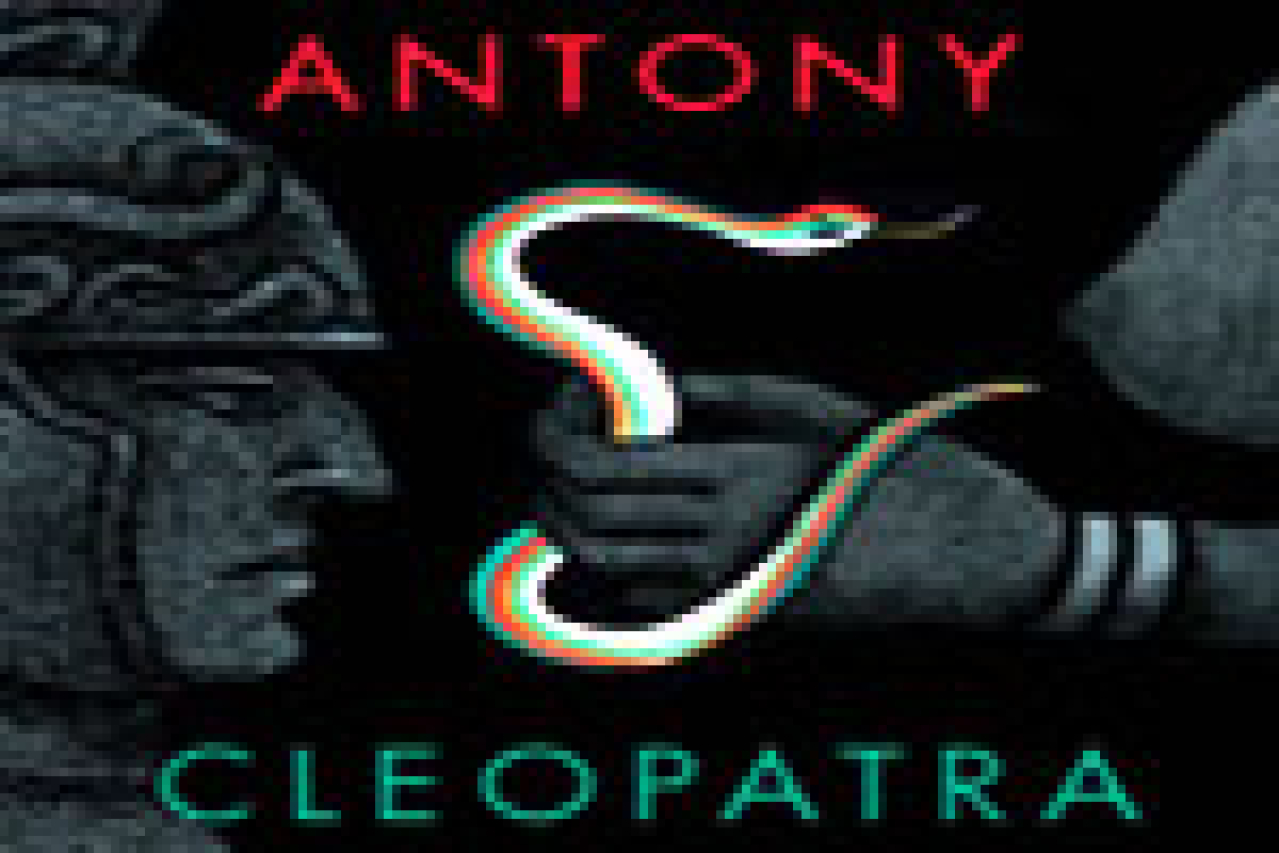Antony and Cleopatra

(© Gerry Goodstein)
According to inexact records, William Shakespeare put quill to vellum for Antony and Cleopatra in 1608. In the 400 years since, the title characters have undoubtedly been interpreted in uncountable ways, but it’s unlikely they’ve ever been the colossal boors they are in Darko Tresnjak’s Theatre for a New Audience production of
Antony and Cleopatra at the Duke. When Antony (Marton Csokas) at long last succumbs to his self-inflicted sword wounds and that toothy famous snake snuffs Cleopatra (Laila Robins), audience members in heaping numbers may mumble something like “Thank heavens, those two have finally turned up their classical toes.”
Csokas gives one of the most mannered performances in recent times as Antony, the Roman general so smitten with his monarch main squeeze that he neglects his warrior duties during any number of internecine Roman conflicts and, when he does resume them, fatefully prefers his inamorata’s amateur advice to that of his more strategy-savvy colleagues. Emoting as if in a 19th-century melodrama — or maybe as in out-takes from the Lord of the Rings trilogy in which he plays Celeborn — the chiseled New Zealand-born actor further undermines his performance by speaking much of the poetry unintelligibly. A simple sentence like “Let’s to supper” fell on ticket-buyer’s ears as “Lessdoosuppa.”
Surprisingly, Robins is only slightly better. She utters her lines with all consonants and vowels in their proper places, but the usually irresistible actress — her blonde hair hidden under a flowing brunette wig — is playing Cleopatra as a moody Queen whose behavior is nothing but a conglomeration of affectations. Certainly, Cleopatra is imperious, but she’s also as taken with Antony as he is with her. Unfortunately, Robins’ constant attitudinizing precludes all sense that her love of Antony is anything more than regal posing.
Even occasionally cradling one of the three children history claims Cleopatra had by Antony, Robins doesn’t evidence much maternal affection. Though the infant is nowhere in sight when Cleopatra does her fatal ask-clasp, that does happen to be where Robins musters up a modicum of believability. By then, however, patrons may not have any lingering compassion for Cleopatra’s death-throes passion.
Tresnjak — who’s transplanted the scenarios to the late 19th-century and twice includes a photographer to snap major events — doesn’t succeed much more notably with the other cast members, who often sit around the stage no more animated than figures on a hieroglyph. As Octavius Caesar, Jeffrey Carlson speaks his lines as if having trouble shifting from first to second gear on a jalopy, and he shares Csokas’ diction problems. When the two play together, it’s as if they’ve entered a Nonsense-Syllable Duel.
As Cleopatra’s attendees Charmian and Iras, Christen Simon and Christine Corpuz, respectively, show few signs of life. Even the ubiquitous and reliable George Morfogen — as both triumvirate leader Lepidus and an old soldier — looks as if the general torpor has gotten to him. Only John Douglas Thompson as Enobarbus, delivering the gorgeous “barge she sat on” speech, gives the impression he knows what he’s waxing poetic about; while in the relatively small role of Agrippa, Grant Goodman can be granted “Good man!” salutations.
It would be a pleasure to say that at least Alexander Dodge’s sleek set is an unmitigated success. A smart accouterment, it features a glossy upstage wall and five sliding doors fashioned as if depicting calm seas. But in a play during which scenes take place in Rome, Misenum, Athens, and Actium due to the on-going wars, Dodge has been saddled with a problem that York Kennedy’s varied lighting design can’t disguise. Tresnjak has asked for a shallow, tile-lined downstage pool in which the sporting Tony and Cleo play, which remains no matter what the supposed locale. At one point, Antony brings out a model boat to idle with by the pool. From then on and no matter what tragic involvements the characters get up to, the multi-sailed miniature floats, gently listing. Eventually, it becomes a metaphor for the entire enterprise.











